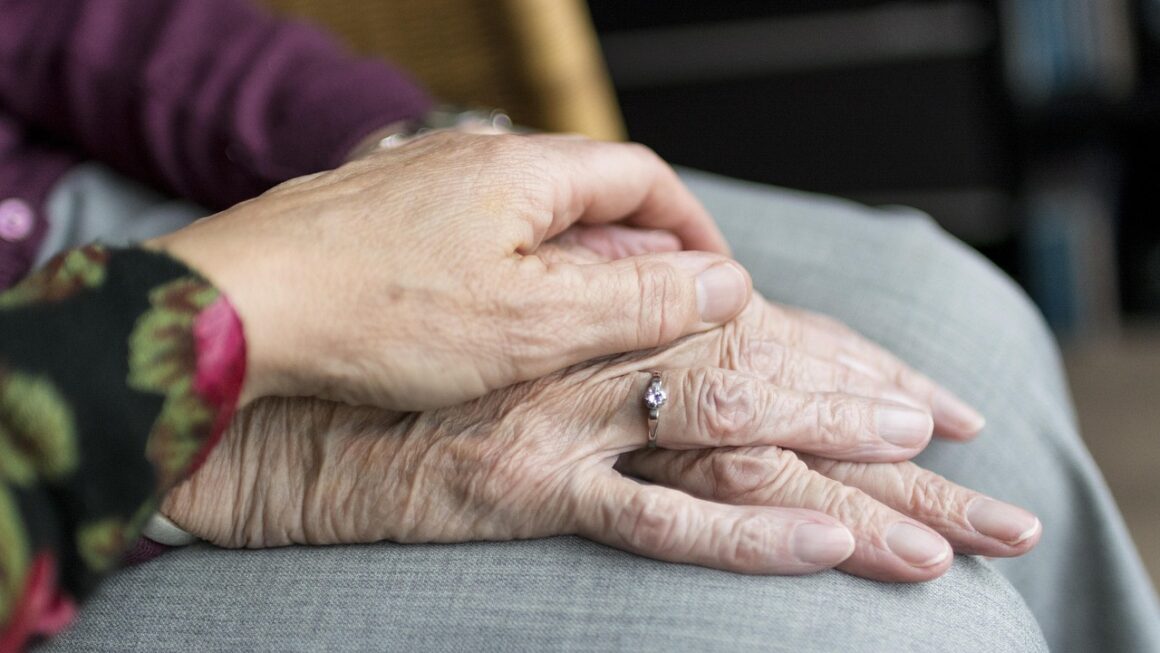Kissing. It’s an art, a science, and a deeply personal expression of connection and affection. But let’s face it: not all kisses are created equal. Whether you’re prepping for a first kiss or aiming to reignite the spark in a long-term relationship, understanding the nuances of a “good” kiss can transform a simple peck into a memorable experience. This guide will equip you with the knowledge and confidence to become a kissing pro, leaving your partner wanting more.
Preparing for the Perfect Kiss
Oral Hygiene: The Foundation of a Great Kiss
Before even thinking about lip-locking, ensure your breath is fresh and your mouth is clean. No one wants to kiss someone with bad breath! This is arguably the most basic, yet crucial, step.
- Brush your teeth: Do this shortly before your encounter, paying attention to your tongue as well.
- Use mouthwash: This will help kill bacteria and freshen your breath.
- Carry mints or gum: A quick breath refresher can be a lifesaver if you’re caught off guard.
- Avoid strong-smelling foods: Garlic, onions, and coffee can linger on your breath.
Lip Care: Softness Matters
Dry, chapped lips are a kissing deterrent. Keep your lips hydrated and smooth.
- Exfoliate: Gently scrub your lips with a toothbrush or a dedicated lip scrub to remove dead skin.
- Moisturize: Apply lip balm regularly, especially in dry weather. Look for balms with SPF to protect your lips from the sun.
- Avoid licking your lips: While it might seem like a quick fix, licking your lips actually dries them out even more.
Setting the Mood: Creating the Right Ambiance
Kissing isn’t just about technique; it’s about creating the right atmosphere. Consider the environment and your partner’s comfort level.
- Choose the right setting: A romantic dinner, a quiet walk, or a cozy night in can all provide the perfect backdrop for a kiss.
- Read the signals: Pay attention to your partner’s body language. Are they leaning in? Making eye contact? These are good indicators.
- Establish eye contact: A brief, meaningful gaze can create a sense of intimacy and anticipation.
The Art of the Approach
Slow and Steady Wins the Race
Rushing into a kiss can be a major turnoff. Build anticipation and allow the moment to unfold naturally.
- Lean in slowly: Don’t pounce! Give your partner time to reciprocate or gently pull back if they’re not ready.
- Angle your head: Tilting your head slightly prevents your noses from bumping.
- Close your eyes: This intensifies the experience and allows you to fully focus on the sensation.
The First Contact: A Gentle Beginning
Start with soft, gentle pressure. Think of it as a conversation starter for your lips.
- Soft lip contact: Gently touch your lips to your partner’s, avoiding any initial pressure.
- Gauge the response: Pay attention to how your partner responds. Do they reciprocate the gentle touch, or do they pull away?
- Light suction: If your partner responds positively, you can add a slight suction to deepen the kiss.
Taking it to the Next Level: Exploring Different Techniques
The French Kiss: A Classic for a Reason
The French kiss, involving the use of tongues, is a popular and passionate way to connect with your partner. However, moderation is key.
- Introduce your tongue gradually: Don’t shove your tongue down your partner’s throat!
- Gentle exploration: Use your tongue to explore your partner’s mouth softly and playfully.
- Matching intensity: Try to match your partner’s level of enthusiasm and tongue movement.
- Remember to breathe: Yes, it sounds obvious, but it’s easily forgotten!
Lip Play: Adding Variety
Experiment with different types of lip contact to keep things interesting. Varying your kissing style adds depth and excitement.
- Nibbling: Gently nibbling on your partner’s lower lip can be playful and sensual.
- Sucking: Lightly sucking on your partner’s lips can create a tingling sensation.
- Tracing: Use your tongue to gently trace the outline of your partner’s lips.
Incorporating Your Hands: Enhancing the Experience
Don’t forget about your hands! They can add another dimension to your kissing experience.
- Gentle touch: Place your hands on your partner’s face, neck, or hair.
- Embrace: Wrap your arms around your partner for a close and intimate embrace.
- Explore: Gently caress your partner’s back or shoulders.
- Be mindful of their comfort: Always gauge your partner’s reaction and adjust your touch accordingly.
Communication and Consent: The Cornerstone of a Good Kiss
Non-Verbal Cues: Reading Between the Lips
Pay close attention to your partner’s body language and facial expressions during the kiss.
- Relaxed posture: A relaxed body usually indicates enjoyment.
- Closed eyes: As mentioned earlier, closed eyes often mean they are fully immersed in the kiss.
- Engagement: If your partner is actively participating and reciprocating your actions, it’s a good sign.
- Withdrawal: If your partner pulls away or tenses up, it’s a sign that they’re uncomfortable.
Verbal Communication: Asking and Receiving Feedback
Don’t be afraid to ask your partner what they like and dislike. Open communication is crucial for a satisfying kissing experience.
- Ask for feedback: Gently inquire about your partner’s preferences. “Did you like that?” or “How does this feel?”
- Offer suggestions: If you have a particular kissing style you enjoy, share it with your partner. “I really like it when you…”
- Be receptive to feedback: Listen to your partner’s input and adjust your technique accordingly.
- Consent is key: Always ensure that your partner is comfortable and willing before initiating a kiss. A simple “Can I kiss you?” can make all the difference.
Conclusion
Mastering the art of kissing is a journey, not a destination. By focusing on hygiene, creating the right ambiance, paying attention to your partner’s signals, and practicing different techniques, you can elevate your kissing game and create unforgettable moments of intimacy. Remember that communication and consent are paramount – a great kiss is one that is enjoyed and appreciated by both partners. So go forth, experiment, and discover the magic of a perfect kiss!




